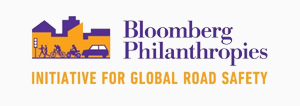





School Zones
School zones and crossing supervisors can reduce pedestrian risk. School zones help to moderate traffic speeds which can reduce injury severity. It has been shown that school zones can reduce crashes involving bicyclists. School crossing supervisors can help to control pedestrian crossing movements. School crossing supervisors provide a safe place to cross.
Traffic signs and road markings must make it clear to motorists that they have entered a school zone. Consider incorporating flashing beacons to compliment the school zone signs and markings. Operating times and any speeds limit changes must be clearly signed and understood. Through traffic must be able to see pedestrian crossing points in time to stop for them. Advanced warning signs should be located on approaches with adequate forward visibility. Parking provision should be carefully considered within school zones with adequate sight distances at pedestrian crossings.
Treatment Summary
10-25% |
Case Studies
Related Images
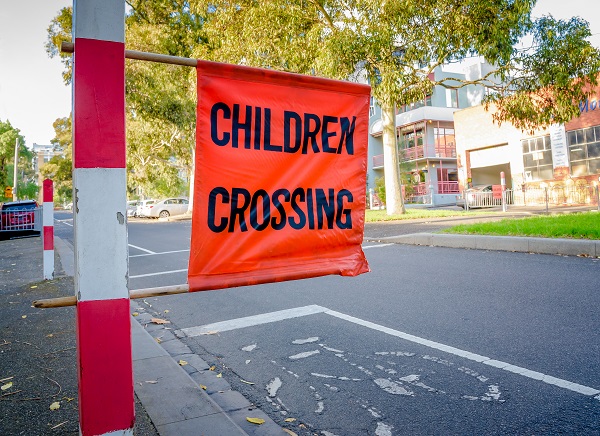
A children crossing sign in a school zone. Image credit: iStock 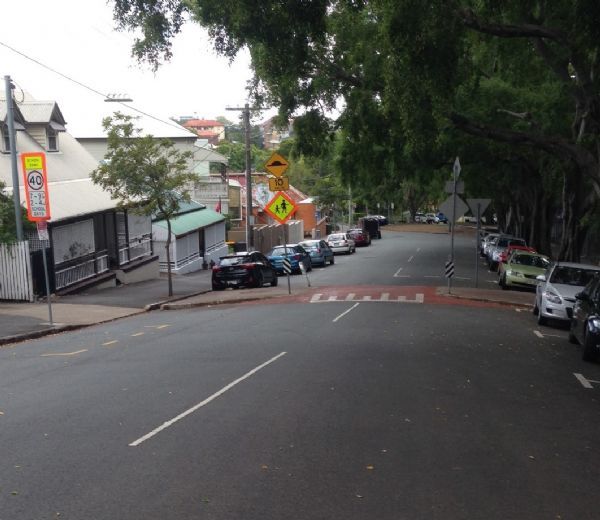
A raised pedestrian crossing with kerb build-out in a school zone in Brisbane, Australia. This is an effective traffic calming measure whilst providing a safe place to cross. Image credit: Luke Rogers 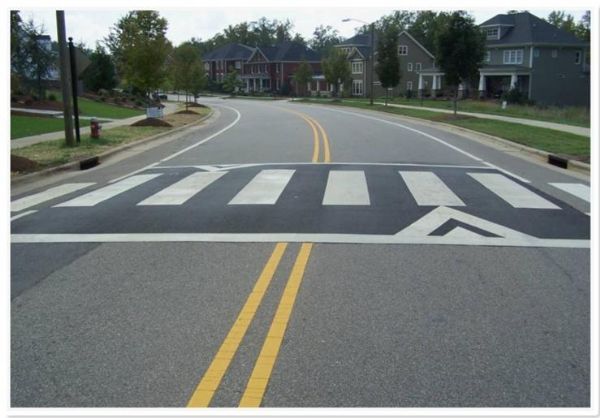
A raised pedestrian crossing facility. Image credit: Unknown 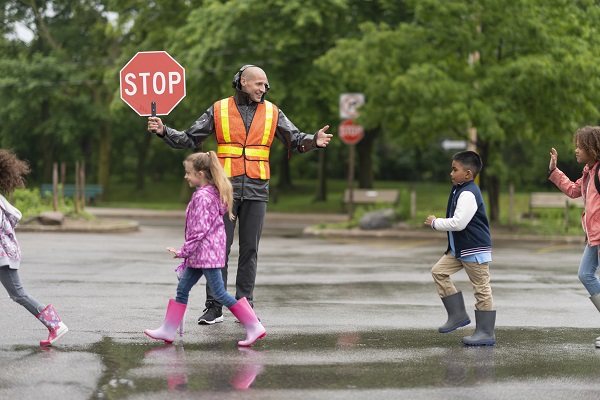
Children cross a road with a crossing supervisor. Image credit: iStock 
Public transport in China (School children). Image credit: Monica Olyslagers 
School crossing improvements and Star Ratings. Image credit: Fundación Gonzalo Rodríguez 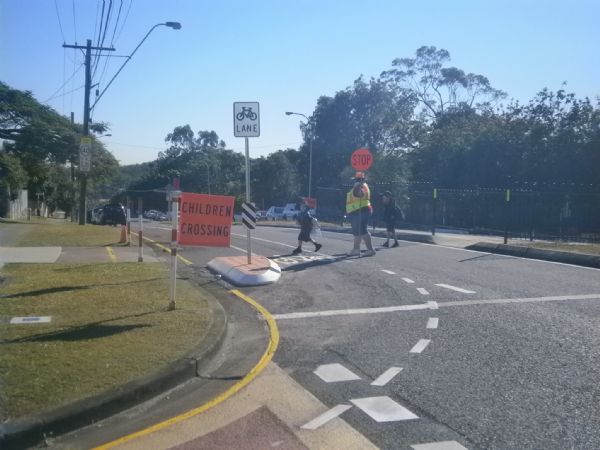
School Zone crossing supervisor in Australia. Image credit: Unknown 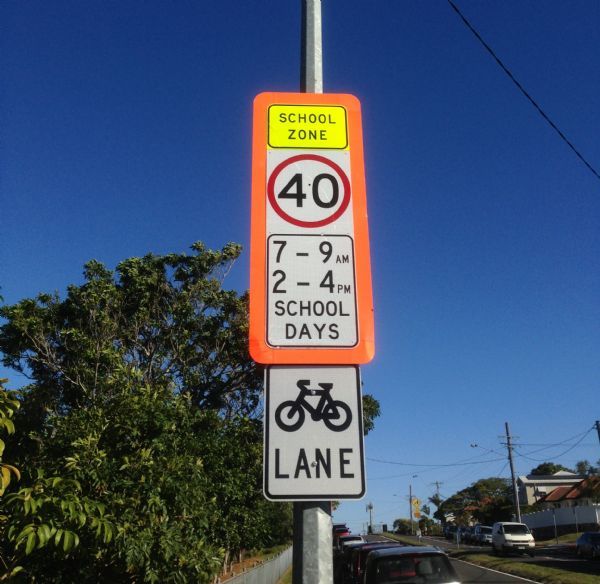
School Zone sign showing operational times, reduced speed limit and on-road bicycle lane, Queensland Australia. Image credit: Unknown 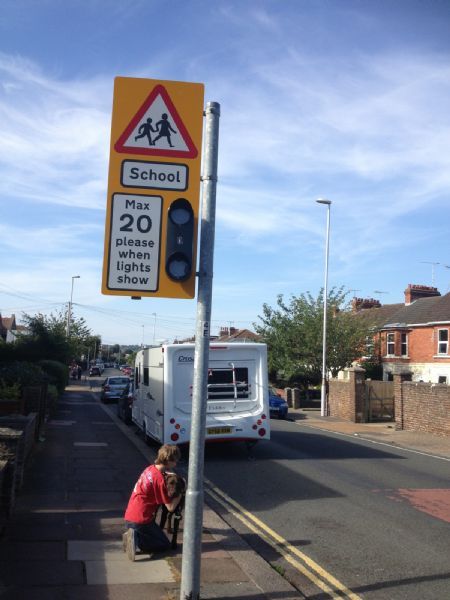
School Zone warning sign incorporating flashing beacons (wig-wags). Image credit: Alex Sharkey 
School zone in Beijing, China. Image credit: Monica Olyslagers




